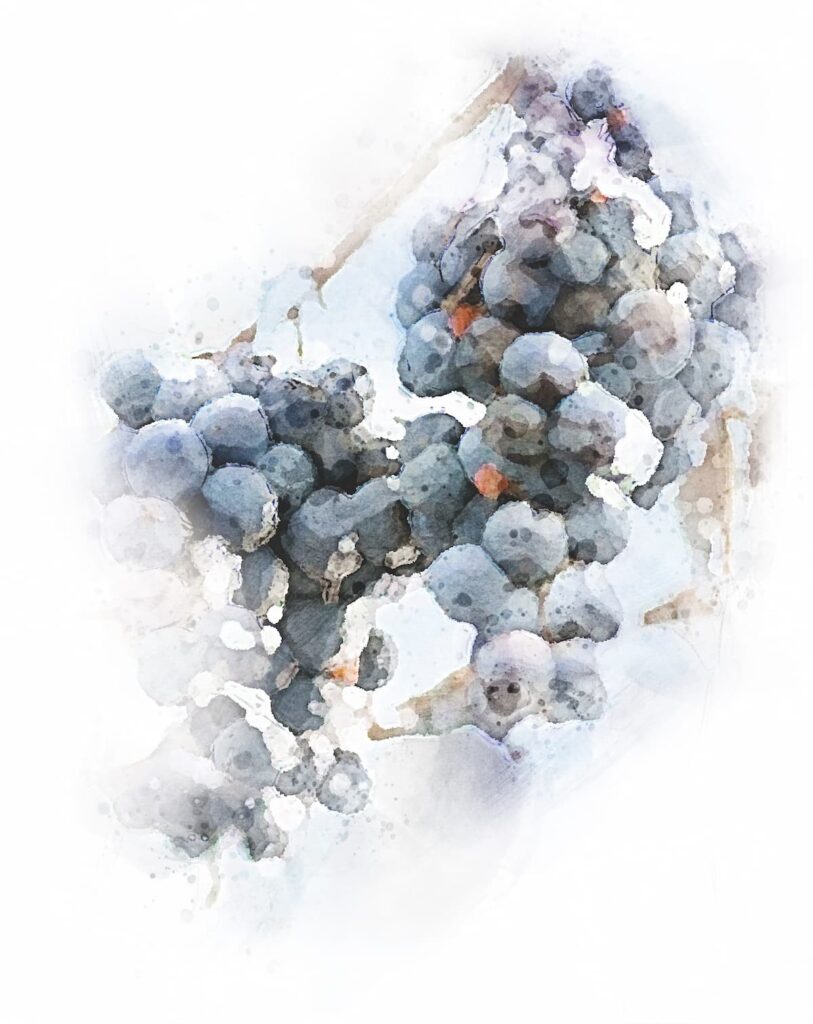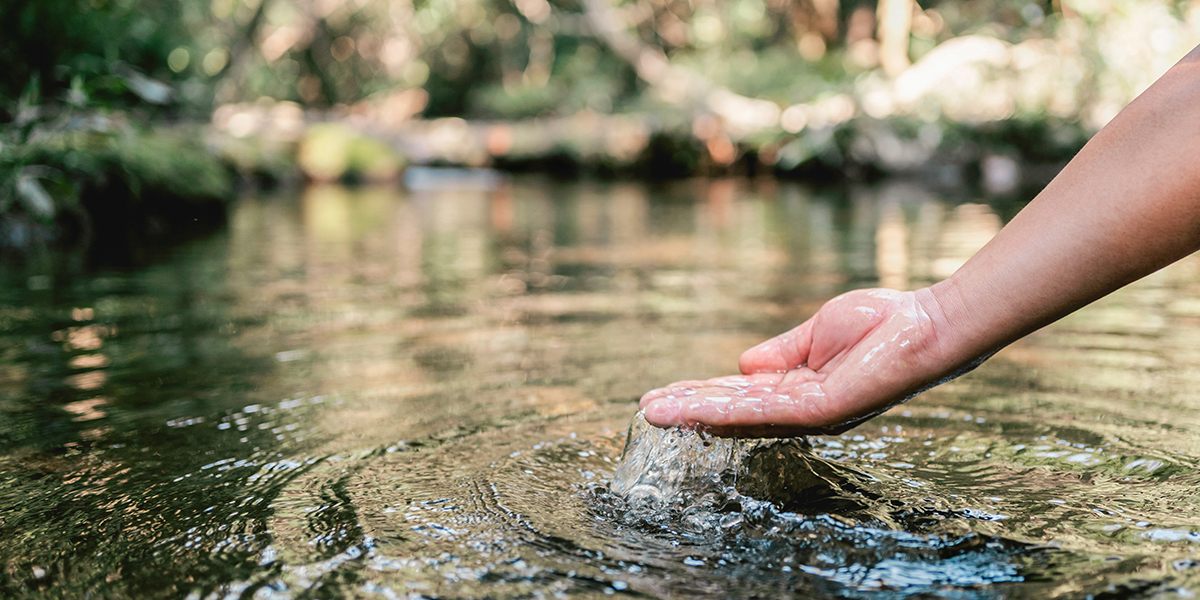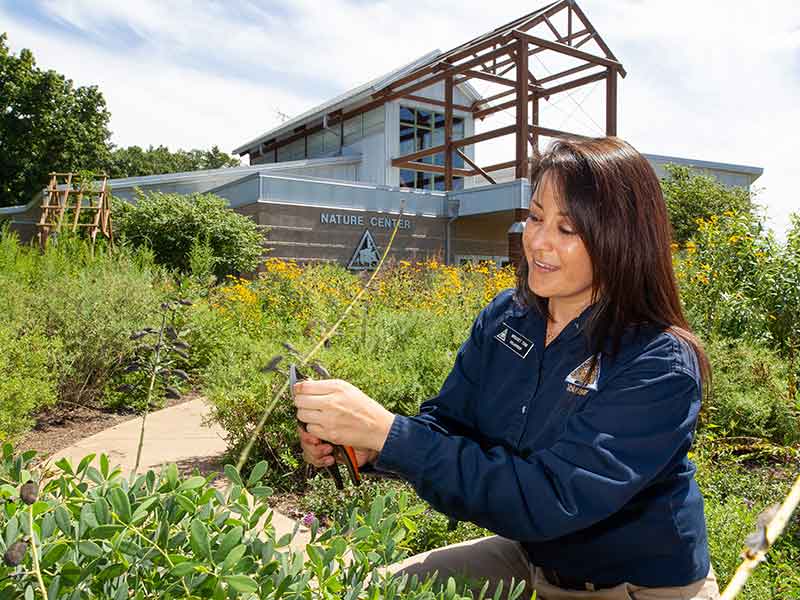Growing grapes is farming. Subject to all the same issues when dealing with Mother Nature. Columnist Doug Frost takes you on a journey where nature is in control and winemakers are right in the thick of things.

By Doug Frost
ONE OF MY MANY TASKS is to pretend to be in charge of a Walla Walla Valley project with a vineyard on the Oregon side of the valley, and a vineyard and winery on the Washington side. In truth, I’m not in charge. Thankfully, in mid-2023, I hired a full-time general manager who runs the place. In the vineyards, we have a team that manages all the work there, run by a very able woman named Sadie Drury.
But who’s really in charge? Nature. That is just as true here in Missouri as it is in Walla Walla or any winery anywhere. You do everything you can to control the myriad challenges of a place, but you can’t. You pump water into the vineyards when it’s dry. You carefully lift the canes from wire to wire as they grow and leaf out. You chop away all the weeds in their way. You rip away the vines’ leaves when they are shading the grape clusters. You do all that. But nature, in all her wildness, decides.
Missouri’s vineyards suffered in the mid-January sub-zero temperatures. Moreover, 2023 was dreadful for Missouri vine growers. Christmas 2022’s low temperatures had already killed some plants. Even worse was the freeze in late April 2023. Jacob Holman of Les Bourgeois Winery describes receiving only half the grape volume he’s used to. It was worse, he points out, for others: One of his farmers usually delivers 70 tons of much prized Valvin Muscat. For 2023’s harvest, he delivered only one ton.
The tidy photos of manicured vineyards that pop up in TV commercials for everything from investment funds to vacations deceive the viewer. Nothing about vine growing is tidy. The plants are subject to thirsty insects and hungry mammals, as well as rain, drought, winds, hail, frost, and everything else a plant standing outside can experience.
Indeed, the folly of humans is that they think they have control. Few people are even aware of how their food is grown. Yes, grapes are an ancient foodstuff that offer fewer complications and require less intervention than many other plants, but the notion that grape growing is fundamentally different than farming is wrong. It’s farming, pure and simple—that cautious compromise with the planet’s soil.
We exist on this Earth because, up until now, we haven’t yet paved over all our useful dirt, and because we haven’t quite yet thrown the balance of the flora and fauna into complete disarray. Farming seeks to maximize the bounty our earth is willing to share, but we err when we start believing we have everything handled.
Good farmers and good vineyardists make careful choices about what they plant and where and how they treat their plants, because we live in a finite world. We can use and even reuse the sites that give us our best grapes, but only if we take care and don’t try to draw too much from them. That limit is becoming more apparent. If we’re smart, we’ll listen to nature telling us what we can do … and what we cannot.

NATURE WAS KIND TO THESE MISSOURI WINES
Eagle’s Landing Rosalia Sparkling Chambourcin Pet-Nat
TerraVox Hidalgo
Les Bourgeois Vineyard Collector’s Series Vivant
Defiance Ridge ZLM Gold Rayon d’Or
Mathany Family Vineyards Moscato (Valvin Muscat)
All images by Freepik/D. Bishop
Read about the best wines for Spring here.
Article originally published in the March/April 2024 issue of Missouri Life.
Related Posts
Two Drinks to Warm Your Heart
Warm up this Valentine’s Day (or any time of year!) with an adult hot chocolate and a cocktail with an apricot twist. DogMaster Distillery in St. James and Crown Valley Distilling in Ste. Genevieve share two great drink recipes.
Missouri River Relief takes campers back to nature
“Missouri River Adventure Camp,” a new initiative by Missouri River Relief, explores the Missouri River by motorboat and by land.
Volunteering in Nature
The Missouri Department of Conservation conserves and protects the outdoors and offers various volunteer opportunities around the state.



